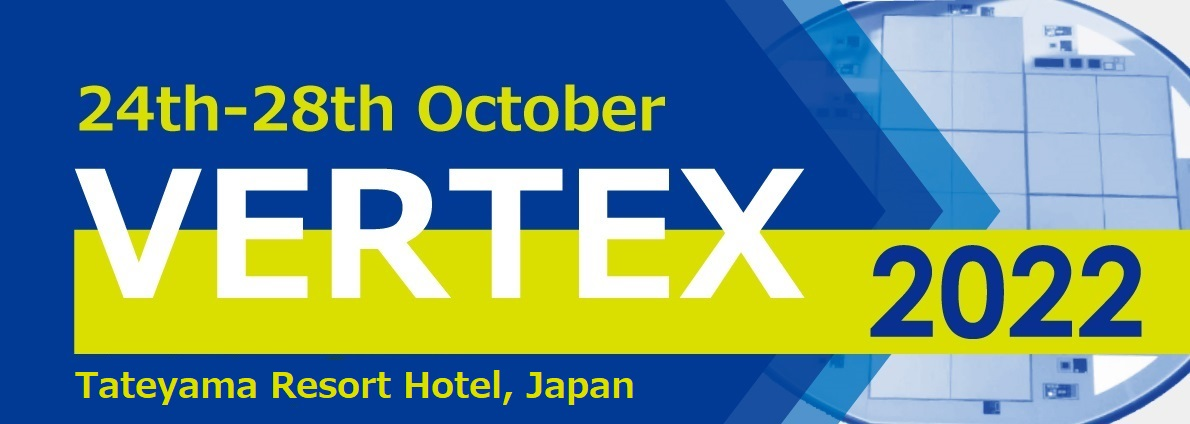Speaker
Description
The SuperKEKB accelerator and Belle II experiment have started full operation in 2019, establishing in 2022 a world record with an instantaneous luminosity of 4.7x10^34 cm^-2.s^-1.
To reach the nominal luminosity parts of SuperKEKB will be modified with a time frame currently predicted to be around Long Shutdown 2 in 2026. Thus, the Belle II collaboration is considering the possibility to install an upgraded VXD system on the same time scale. Such an upgrade should provide a sufficient safety factor with respect to the background rate expected at the nominal luminosity and possibly enhance performances for tracking and vertexing.
Several technologies are under consideration for the upgrade. One approach consists in improving performances of the technologies present in Belle II: faster DEPFET sensors for innermost layers, thinner and more granular DSSDs for the remaining layers. New monolithic technologies for pixel sensors are also under discussion, namely SOI and CMOS. They offer a combination of granularity, speed, low material budget and radiation tolerance matching well Belle II requirements and could be exploited to design a fully pixelated VXD, also benefiting from significant developments made in recent years for other experiments.
Following this last concept, both simplified and complete simulations have been conducted to evaluate tracking and vertexing performances with various geometries (e.g. number of layers) and technical specifications (e.g. granularity, speed).
This talk will review the context of the proposed VXD upgrade in Belle II, providing some details of the existing technological proposals and discussing performance expectations from simulations.
| contact person e-mail | cmarinas@ific.uv.es |
|---|
